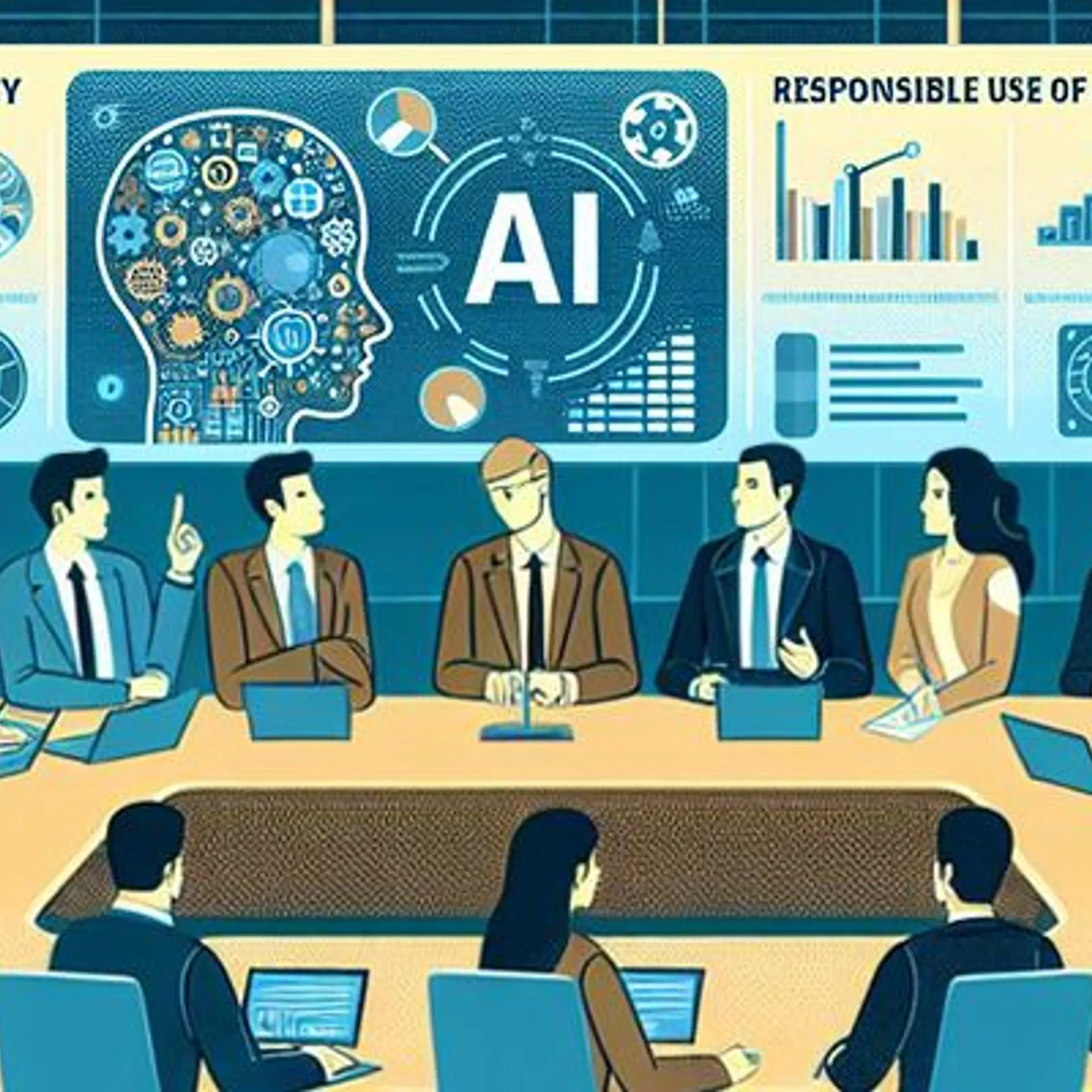The three vital ingredients for path-breaking innovation
By establishing frameworks around these three vital ingredients and implementing them systematically, we have a shot at assembling an innovation powerhouse that can drive India’s growth for decades.
Deep science innovation is the art of drawing fundamental scientific breakthroughs up the value chain into useful products and processes. The most successful innovations are the ones that quietly integrate into the very fabric of our daily lives. Prime examples are cell phones, cars, antibiotics, pacemakers, and electricity—all of which have irreversibly transformed lives. So much so that one day, a generation wakes up and cannot imagine life was any other way.
Countries around the world have built extensive institutional machinery to harness the power of innovation in building and retaining socio-economic and political power.
A leading example is the US, which soared after its scientists discovered how to weaponise nuclear energy and pioneer mass manufacturing. It remains a top economy today, fueled by the world-class innovation of its universities and research laboratories.
On the other hand, economies impoverished at the end of the Second World War, such as Japan and Germany, also bounced back quickly by focusing on innovation-driven growth in high-velocity domains like automobile manufacturing and energy.

China’s growth accelerated when it converged on capturing the semiconductor fabrication market in the 1980s, and it now dominates quantum computing, among other deep innovation verticals.
India’s strengths in science and technology are renowned, as is our tenacity in scientific development, exemplified by the bold progress of our space and nuclear energy programmes.
However, as a nation, we are progressing beyond distinction in individual programmes and towards collective excellence in innovation that reflects our bold economic vision. We need a nationwide mandate and structure to fuel sustained innovation efforts.
Several departments under the ministry of science and technology—biotechnology, for instance—have forged strong foundations to foster early-stage innovation.
The Niti Aayog is laying out comprehensive policy initiatives in exponential technologies like artificial intelligence. There is the concept of a National Research Foundation to consolidate research efforts. A picture is starting to emerge from the jigsaw puzzle.
The next step is to establish a seamless value chain for idea-to-market technology development, much like what the US and China have. Three ingredients are paramount – a framework that facilitates generation and curation of ideas, deep-tech investment strategies, and a bold vision with a clear view of how to realise growth in every focus sector.
Continuous generation and curation of ideas
A free and continuous flow of ideas is the cornerstone of any innovative society. A holistic sector-agnostic framework to support idea generation entails the following:
· Building the infrastructure in the form of world-class research labs with state-of-the-art equipment in universities and fundamental research institutions.
· An immediate requirement is to enhance the capabilities and capacity of existing labs and innovation hubs with proven track records.
· Curation of ideas must be multifocal by continually taking it up the idea-to-market value chain. Many entrepreneurs are developing solutions to India’s considerable societal challenges. Regular interactions with the necessary stakeholders will facilitate swifter implementation of these ideas and solutions.
· Policymakers must systematically study India’s needs and incentivise innovators to solve these.
· Partnerships with leading global institutions in fundamental and application-based research will ensure that our ideas and implementation strategies are globally relevant.
· Incentivise young talent to continue with research and specialisation by ensuring they are economically taken care of through fellowships and grants. This will help retain talent by disincentivising them from joining a job just for a salary, or moving abroad in search of better opportunities.
· Intervention during the educational years to nurture talent in schools and colleges is essential. Widespread access to tinkering labs, world-class labs at universities, and other amenities are required.
Deep-tech investment strategies
Deep science innovation often constitutes a substantial amount of initial research, protracted testing and validation cycles, and an extensive generation of intellectual property (IP) that contributes to the embedded value of the technology. They have long-drawn runways, often requiring 10-15 years to actualise real returns. For this, we need patient capital from both private and government stakeholders.
Essential points here are:
· Government focus on innovation is mostly at the early-stage now, like grants for initial research and product testing. Deep science innovation needs robust follow-on funding to go beyond early development and thrive in the market.
· Infrastructure requirements in deep science innovation are higher than in tech and other internet-based solutions. They need support with scale-up test beds like pilots and production facilities, testing and quality labs, pollution clearances, industrial design and productisation, and decoding regulatory pathways.
· Create focused funding avenues for different deep science innovation entities like scientist-entrepreneurs, university research labs, innovation hubs, and India’s top research institutions like ISRO, TIFR, and CSIR.
· Dedicated investment opportunities to support India’s top science talent will turbocharge the ecosystem.
· Tax benefits and incentives for private Indian investors to invest for the long term are necessary to secure large pools of capital. Innovation-driven nations like Israel, the US and others have built lasting ecosystems with investor-friendly strategies.
Long-term vision
India has already set an ambitious goal of $5-trillion GDP by 2025, and $10 trillion by 2030. Every growing nation needs an ambitious goal, so the interests of all the stakeholders are aligned. We then break this goal down backwards to understand what it means for timelines, implementation and achievability.
Specifically, we need to:
· Address domestic challenges, identify critical verticals that can accelerate India’s socio-economic growth, and create long-term investment strategies for each. These include defence, healthcare, water-treatment technologies, energy, artificial intelligence, and others.
· Within the broader policy goals, technology development needs special attention. For example, India has already set an exceptional zero-emission target for 2030. Now we back-calculate what that means for investment in renewables, electric vehicles, and maglev technology. We identify which of these we already have a firm footing in, and which we need to accelerate. This focus will catapult India into a leadership role, especially around global issues faced by emerging economies.
· To ensure ongoing progress, corporate frameworks to track key performance indicators (KPIs) down to the last detail are useful. We can track every goal, target and organisation in this manner.
· The idea of a bold vision is that Indian society and quality of life will have advanced dramatically in 20-30 years. Globally accepted markers like the Innovation Index are useful to track these disruptive changes.
Since economic liberalisation, India has slowly but steadily metamorphosed into an ambitious tribe on track to becoming a superpower. There is an infectious spirit of innovation in the air. To harness every bit of this spirit, we must recognise that it takes a long time to see the results of the investment of time and money in innovation; we cannot afford to waste any of it.
By establishing frameworks around these three vital ingredients and implementing them systematically, we have a shot at assembling an innovation powerhouse that can drive India’s growth for decades. We must get this right.
(Edited by Evelyn Ratnakumar)
(Disclaimer: The views and opinions expressed in this article are those of the author and do not necessarily reflect the views of YourStory.)









